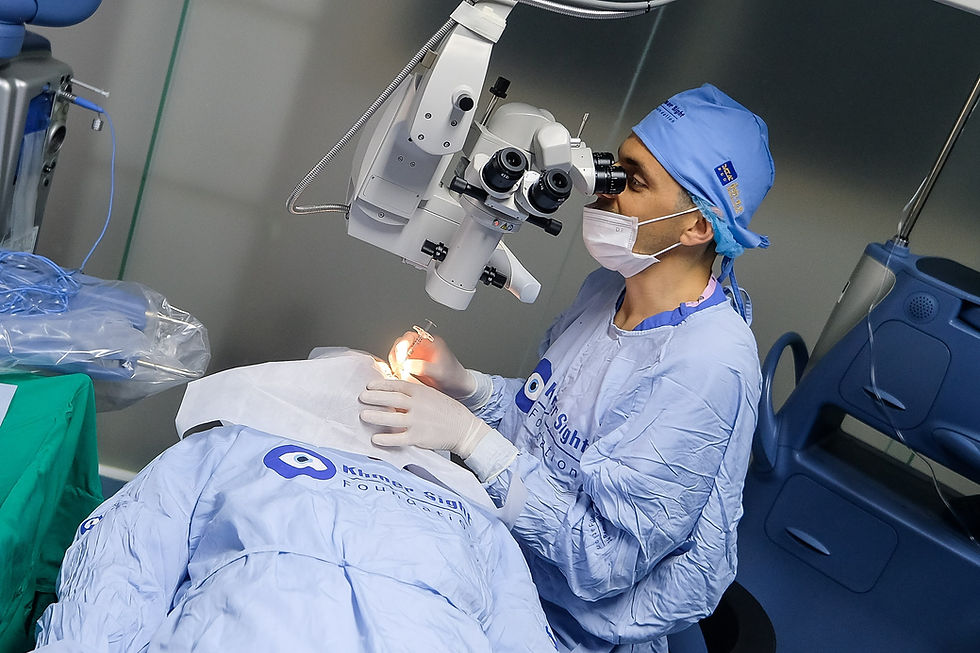📸 Recent Controversies in Photojournalism
- Ian Miller

- Aug 17
- 3 min read
Ethics, Manipulation, and the Fragility of Truth
by Ian Kydd Miller

In an era of deepfakes, digital editing, and viral imagery, photojournalism faces unprecedented ethical challenges. The camera may still be a tool for truth, but truth itself is increasingly contested. This post explores recent controversies that reveal how fragile visual credibility has become, and why ethical integrity in photography matters more than ever.
🖼️ 1. The Princess of Wales Portrait Retraction (2024)
A seemingly innocent family portrait of Catherine, Princess of Wales, and her children was distributed by major agencies like Getty and PA Images—only to be retracted days later due to excessive retouching.
What happened: The image showed signs of digital manipulation, including compositional inconsistencies and unnatural smoothing.
Why it matters: Even ceremonial or personal images, when circulated as press photography, must adhere to journalistic standards.
Ethical takeaway: Authenticity is not optional. Trust in visual media depends on transparency—even in royal portraits.
When the public begins to doubt the reality of even the most benign images, the credibility of photojournalism as a whole is at risk.
🧠 2. World Press Photo Manipulation Scandals
World Press Photo, one of the most prestigious photojournalism contests, has disqualified multiple entries in recent years for digital manipulation.
What happened: Entrants altered images through cropping, toning, or compositing—violating the contest’s ethics code.
Why it matters: These images were submitted as journalistic evidence, not artistic interpretation.
Ethical takeaway: The line between enhancement and deception must be clearly drawn—and rigorously enforced.
In documentary work, every pixel carries responsibility.

🖌️ 3. Michael Kamber’s “Altered Image” Exhibit
Photojournalist Michael Kamber curated an exhibit tracing the history of manipulated images—from early war photography to modern digital edits.
What happened: The exhibit exposed how subtle changes can dramatically alter meaning, especially in conflict or crisis reporting.
Why it matters: Viewers often can’t distinguish between authentic and altered images, undermining trust in visual journalism.
Ethical takeaway: Education is key. Journalists and audiences alike must learn to read images critically.
The ethics of seeing must evolve alongside the tools of creation.
📱 4. AI-Generated and Deepfake Imagery
The rise of generative AI has introduced a new frontier of ethical risk: realistic fake images masquerading as news.
What happened: AI-generated “photojournalism” has appeared in social media feeds, sometimes without disclosure.
Why it matters: These images can manipulate public opinion, incite panic, or distort historical record.
Ethical takeaway: Verification protocols and transparency must be built into every stage of image production and distribution.
In the age of synthetic reality, the burden of proof lies with the photographer—and the platform.
🧑⚖️ 5. Obscene or Manipulated Imagery in News Publications
Recent controversies have involved nude maternity shoots, tattooed pubic areas, and politically charged portraits published in mainstream outlets.
What happened: These images sparked backlash for violating norms of decency or editorial integrity.
Why it matters: Photojournalism must balance freedom of expression with respect for audience, subject, and context.
Ethical takeaway: Editorial judgment is not just aesthetic—it’s moral.
The frame is never neutral. Every image carries cultural weight.

🧭 What These Controversies Reveal
Across these cases, we see recurring ethical tensions:
Manipulation vs. Truth
Consent vs. Urgency
Privacy vs. Public Interest
Technology vs. Trust
These are not abstract dilemmas—they shape how we document history, represent communities, and bear witness to the world.
🛠️ Toward an Ethical Practice
As educators, documentarians, and visual storytellers, we must ask:
What does this image claim to show?
Who benefits from its circulation?
What histories or harms does it invoke?
How can we ensure dignity, accuracy, and transparency?
Ethical photojournalism is not just about what we shoot—it’s about how we see, why we share, and who we serve.




Comments